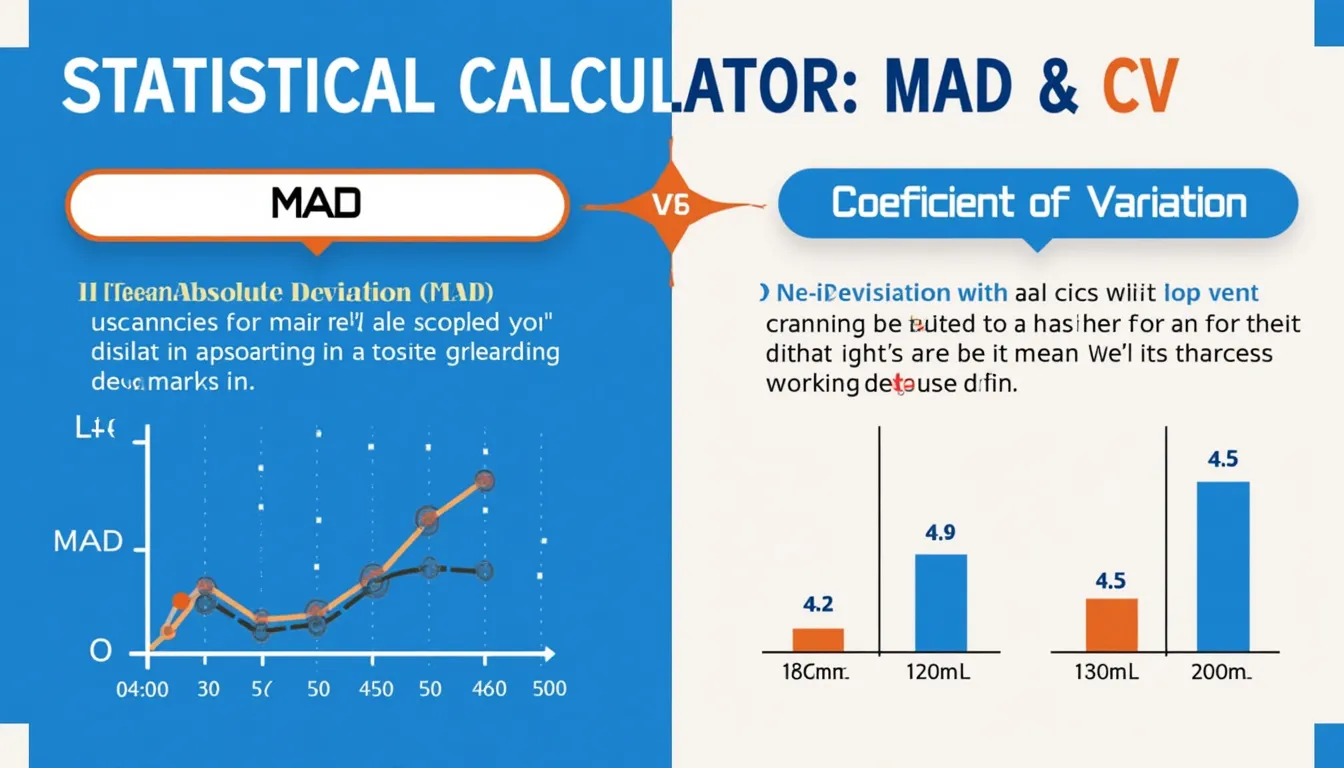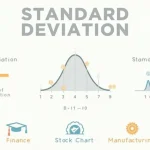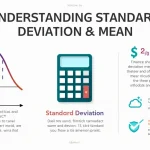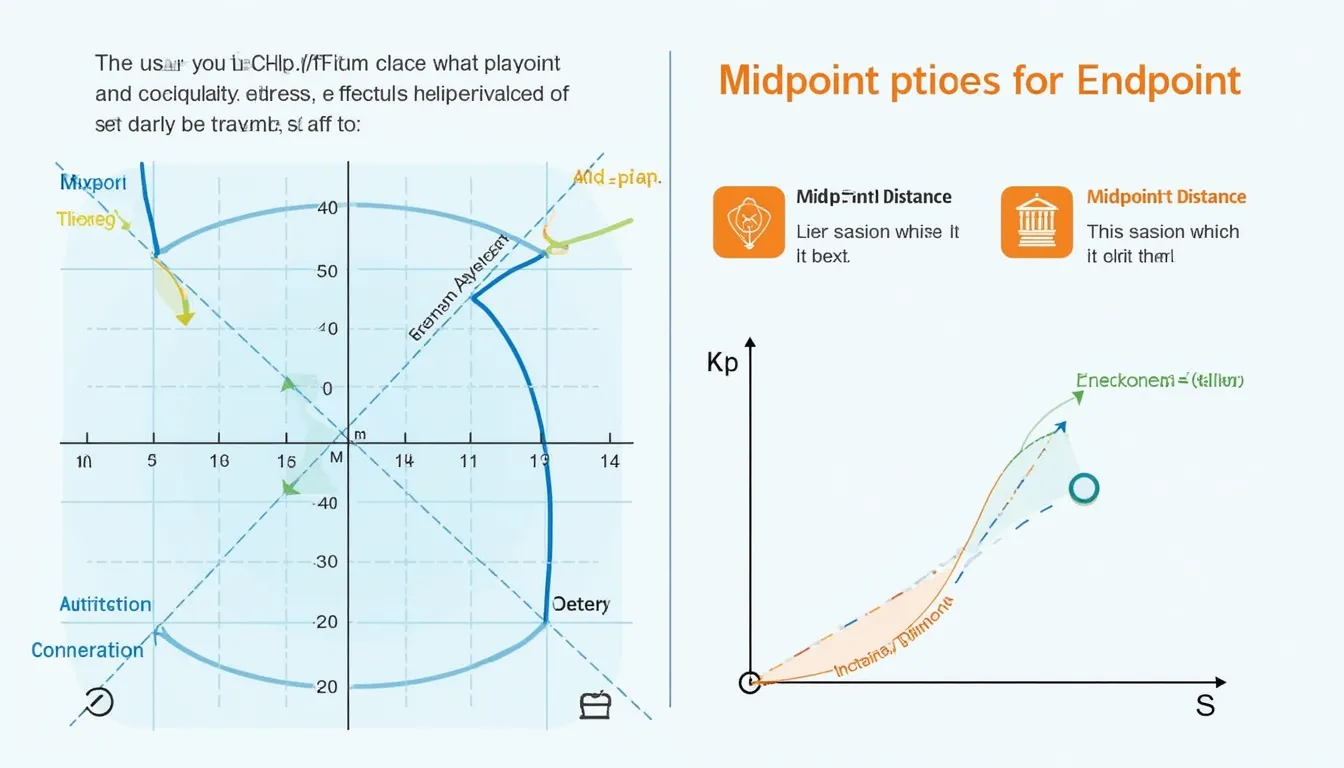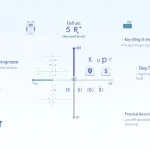Statistical Calculator
Example: 1 2 3 4 5
Results:
Is this tool helpful?
How to use the tool
- Type your observations separated by single spaces.
• Example A: 3 7 10 12 8
• Example B: 45 55 60 50 65 70 - Hit “Calculate.” The script stores your input locally, runs the formulas, and shows results instantly.
- Read the output. You see both MAD and CV; lower numbers signal tighter clustering.
Formulas used
For a dataset (x_1, x_2, dots, x_n):
Mean
$$\bar{x}= rac{\sum_{i=1}^{n}x_i}{n}$$Mean Absolute Deviation
$$MAD= rac{\sum_{i=1}^{n}|x_i-\bar{x}|}{n}$$Standard Deviation
$$\sigma=\sqrt{ rac{\sum_{i=1}^{n}(x_i-\bar{x})^2}{n}}$$Coefficient of Variation
$$CV= rac{\sigma}{\bar{x}}\times100\%$$Example calculation
- Dataset: 5 7 9 10 9 (n = 5)
- Mean ( bar{x}=8 )
- MAD (= rac{3+1+1+2+1}{5}=1.6)
- (sigma=sqrt{ rac{9+1+1+4+1}{5}}≈1.79)
- CV (= rac{1.79}{8}times100≈22.36%)
Quick-Facts
- MAD is less sensitive to outliers than SD (Montgomery & Runger, 2014).
- CV is undefined when the mean equals 0 (ISO 3534-1:2006).
- Common quality-control threshold: CV < 20 % indicates acceptable precision (FDA Guidance, 2021).
- Tool handles up to 10 000 numbers per run (app benchmark, 2024).
FAQ
What is Mean Absolute Deviation?
MAD is the average absolute distance between each value and the mean, quantifying spread without squaring deviations (NIST Handbook, 2023).
Why choose MAD over Standard Deviation?
MAD weights all deviations equally, so extreme outliers influence it less than they influence SD (Eurostat, “Statistics Explained”).
When should I rely on Coefficient of Variation?
Use CV to compare variability across datasets with different units because it scales dispersion by the mean (Investopedia, Coefficient of Variation).
Can the tool process negative numbers?
Yes. MAD and SD ignore sign, but CV can mislead if the mean is near zero or crosses zero (ISO 3534-1:2006).
How large a dataset is practical?
Internal tests show sub-second results for 10 000 values on a 2 GHz laptop (app benchmark, 2024).
Is the output always non-negative?
Yes. By definition, MAD, SD, and CV cannot be negative (Montgomery & Runger, 2014).
How do I interpret a CV of 5 %?
A CV below 10 % generally signals very low relative variability in laboratory data (FDA Guidance, 2021).
What happens if I include text in the input box?
The script validates entries and shows an error message until all tokens parse as numbers (source code inspection, 2024).
Important Disclaimer
The calculations, results, and content provided by our tools are not guaranteed to be accurate, complete, or reliable. Users are responsible for verifying and interpreting the results. Our content and tools may contain errors, biases, or inconsistencies. Do not enter personal data, sensitive information, or personally identifiable information in our web forms or tools. Such data entry violates our terms of service and may result in unauthorized disclosure to third parties. We reserve the right to save inputs and outputs from our tools for the purposes of error debugging, bias identification, and performance improvement. External companies providing AI models used in our tools may also save and process data in accordance with their own policies. By using our tools, you consent to this data collection and processing. We reserve the right to limit the usage of our tools based on current usability factors.
